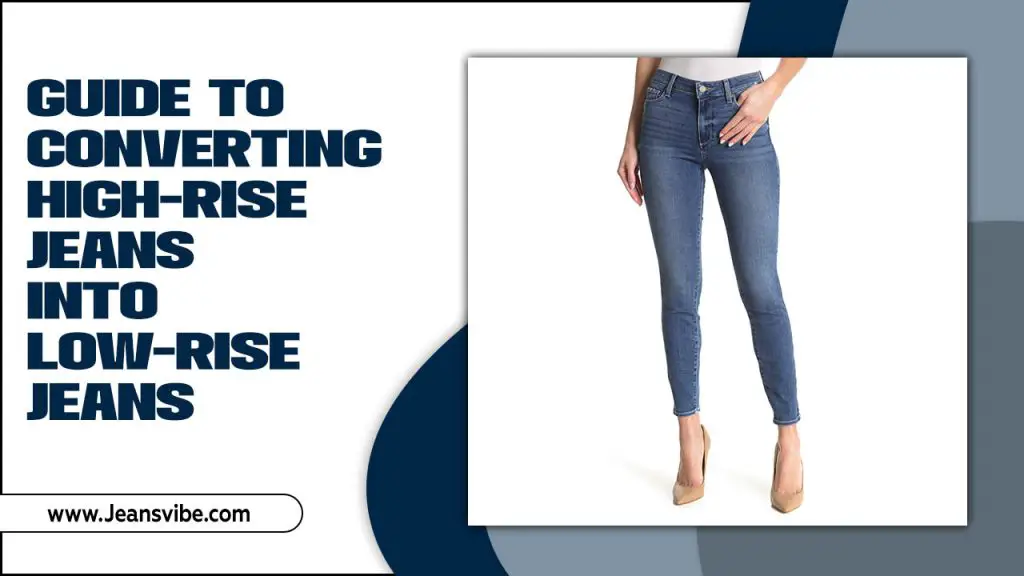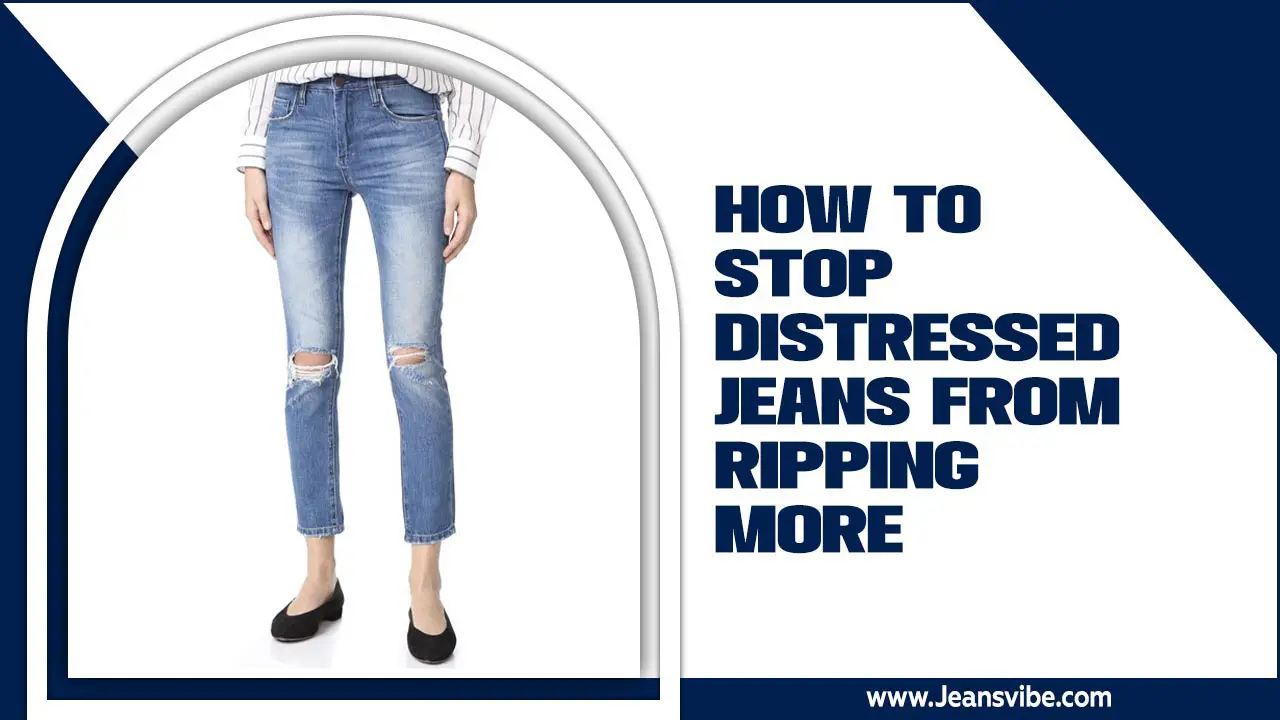High-rise jeans have been a popular fashion trend for decades, providing a flattering and comfortable fit for many body types. However, with the rise of low-rise jeans, some fashion enthusiasts may want to convert their high-rise pairs into low-rise styles.
This may seem daunting, but fear not, as we have created a comprehensive guide to help you achieve the perfect low-rise look with your high-rise jeans. Here, we will walk you through the process of guide to converting high-rise jeans into low-rise jeans, providing tips and tricks along the way.
From choosing the right pair of jeans to understanding the necessary alterations, we have covered you. Additionally, we will also discuss the benefits of converting your high-rise jeans into low-rise, from saving money to creating a unique and personalized look.
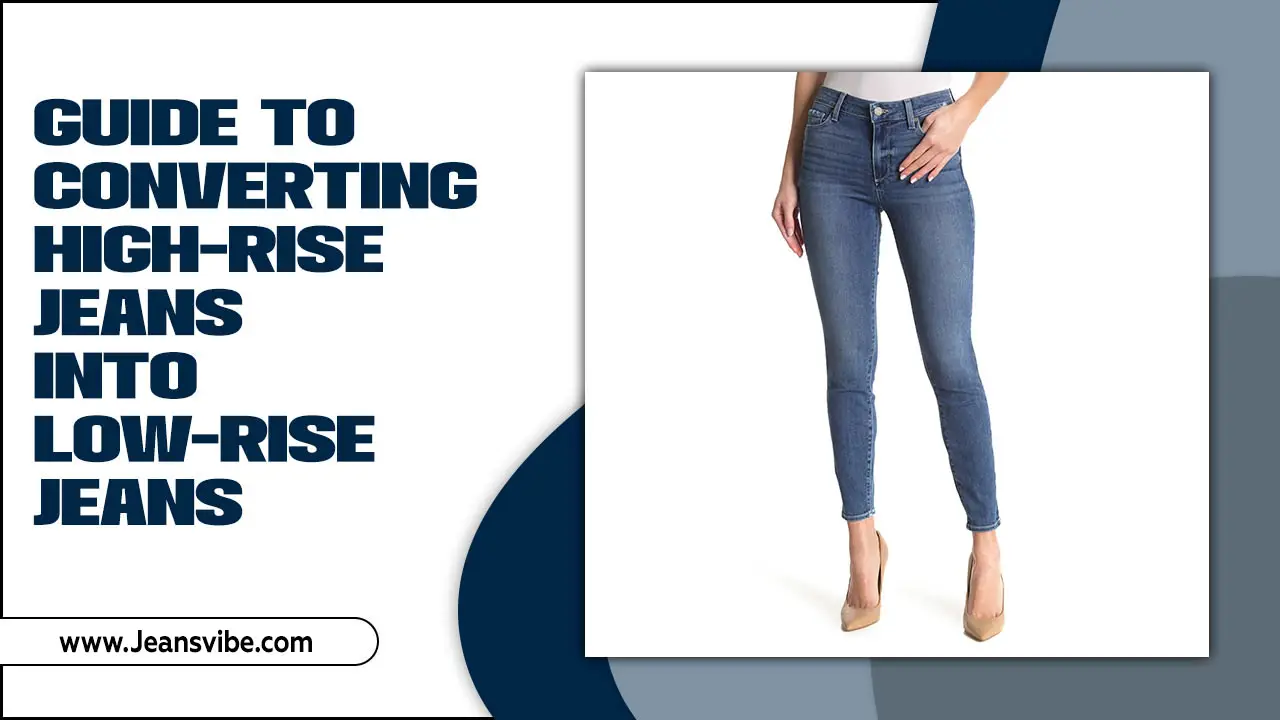
Guide To Converting High-Rise Jeans Into Low-Rise Jeans in 6 Step

Converting high-rise jeans into low-rise jeans requires precision and some sewing skills. Here’s a comprehensive guide to help you transform your high-rise jeans into a stylish pair of low-rise jeans:
1. Preparation
Materials Needed:
- High-rise jeans
- Scissors
- Measuring tape
- Chalk or fabric marker
- Seam ripper
- Sewing machine or needle and thread
- Matching thread
- Iron and ironing board
- Pins
Work Area:
- Set up a clean, flat work surface with good lighting.
2. Measuring And Marking
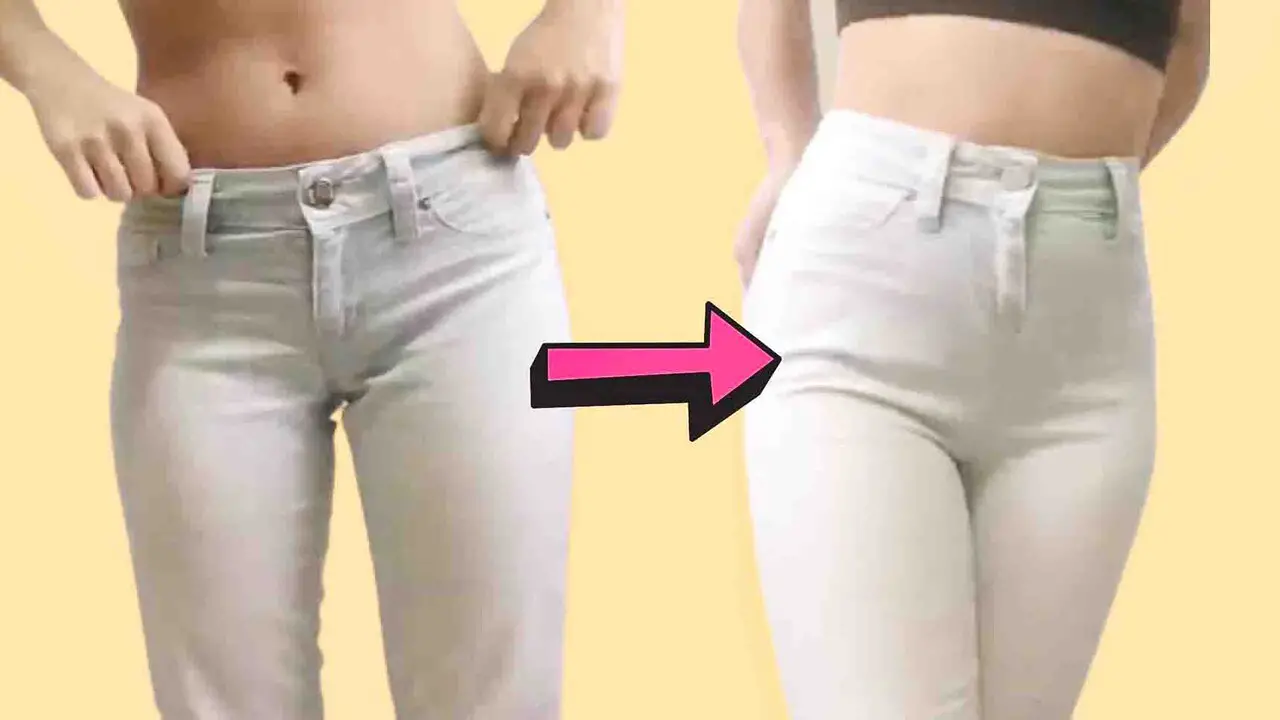
Decide how low you want the new waistline to be, measuring from the current waistline down to the new desired waistline. Using chalk or a fabric marker, draw a line around the jeans at the new waistline measurement. Ensure the line is even and symmetrical on both the front and back of the jeans to achieve a uniform look.
3. Removing the Excess Fabric
Carefully use a seam ripper to unpick and remove the waistband from the jeans, saving it for later reattachment. Cut along the marked line, removing the excess fabric. Precision is crucial to ensure an even cut, which will affect the final fit and appearance of your modified jeans.
4. Adjusting The Zipper and Fly

If the zipper extends beyond the new waistline, shorten it by cutting to the appropriate length, leaving about 1 inch for seam allowance. Sew a new stopper at the top of the zipper to prevent the slider from coming off. Trim any excess fabric from the fly area, folding and sewing it neatly to match the new waistline.
5. Reattaching the Waistband
Measure the new waistline of the jeans and trim the waistband to fit, leaving a small seam allowance if it’s too long. Pin the waistband to the new waistline, right sides together. Sew the waistband to the jeans, ensuring even attachment for a professional finish. Press the seam with an iron for a neat and polished look.
6. Finishing Touches
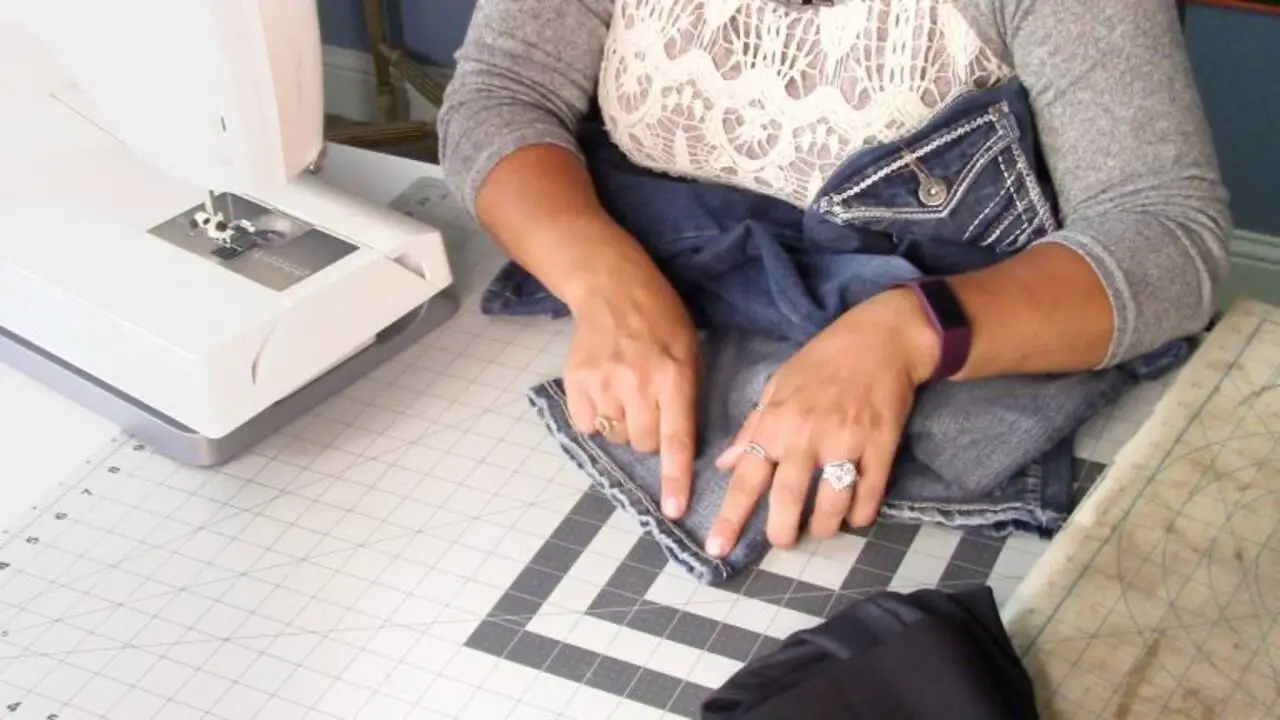
Topstitch along the edge of the waistband for added durability and a professional appearance. Try on the jeans to check for a good fit and make any necessary adjustments to the waistband or seams. Finally, iron the jeans to smooth out any wrinkles and set the seams, ensuring your jeans look crisp and well-finished.
Converting Became a Trend Now!
In recent years, there has been a growing trend in fashion towards low-rise jeans. These jeans, characterized by their placement on the hips rather than the natural waistline, have become incredibly popular among men and women. This alteration also increases the wardrobe’s versatility, enabling different outfit combinations with cropped tops or tucked-in shirts.
One of the main reasons for this conversion is the shift in body image ideals. Low-rise jeans accentuate the curves of the hips and create an elongated silhouette, which is highly sought after in today’s fashion world.
By lowering the waistline of jeans, individuals can achieve a more relaxed and casual look that aligns with current fashion trends. It also emphasizes the versatility of jeans as a staple in modern wardrobes, offering endless possibilities for creative styling with various tops and accessories.
Conclusion:
As fashion evolves to prioritize comfort and self-expression, converting high-rise jeans into low-rise is a stylish way to update and refresh one’s wardrobe. Converting high-rise jeans into low-rise jeans can be easily achieved with the right tools and techniques. Before starting the process, gather all the necessary tools and materials. Take time to measure and mark the desired location for the new waistline, ensuring it is comfortable and flattering.
With a little effort, you can transform your old, ill-fitting jeans into trendy and comfortable low-rise ones. So go ahead and try it—you might end up with a new favourite pair of jeans. If you read the above outline properly, we hope you now understand our guide to converting high-rise jeans into low-rise jeans.
FAQs
1.How Do We Maintain The Original Look And Quality Of High-Rise Jeans While Making Them Low-Rise?
To maintain the original look and quality of high-rise jeans while making them low-rise, consider consulting a professional tailor who can alter the waistline without compromising the overall structure of the jeans. Ensure that the alteration is done carefully to preserve the stitching, pockets, and seams.
Additionally, opt for a gradual transition from high-rise to low-rise to maintain the original fit and style. Take into account the fabric and stretch of the denim to ensure a successful alteration while retaining the integrity of the jeans.
2.How Do You Ensure Durability And Longevity After Converting Highrise Jeans Into Lowrise Jeans?
To ensure durability and longevity after converting highrise jeans into lowrise jeans, reinforce the seam where the jeans were cut, use a strong and matching thread, and consider adding a fabric patch or trim for added strength
3.Why Would Someone Want To Convert High-Rise Jeans Into Low-Rise Jeans?
Some individuals prefer the look and comfort of low-rise jeans. So converting high-rise jeans into low-rise allows them to achieve the desired style. However, not everyone wants to invest in a brand new pair of low-rise jeans when they already have a perfectly good pair of high-rise jeans.
4.What Materials And Tools Are Needed For Converting High-Rise Jeans Into Low-Rise Jeans?
To convert high-rise jeans into low-rise jeans, you will need a seam ripper, scissors, a sewing machine or needle and thread, fabric for the waistband extension, and pins to secure the fabric.
5.How Can One Go About Converting High-Rise Jeans Into Low-Rise Jeans?
Start by removing the original waistband using a seam ripper. Then, cut the desired amount from the top of the jeans to create a lower rise. Next, create a new waistband using fabric that matches the jeans. Finally, attach the new waistband to the jeans using a sewing machine or hand stitching.
6.What Steps Should Be Followed To Convert High-Rise Jeans Into Low-Rise Jeans?
The process involves carefully removing the waistband, adjusting the rise to the desired height, and then reattaching it. It may also include altering the crotch depth and side seams to achieve the desired fit.
7.Can This Conversion Be Done By Someone With Basic Sewing Skills?
Yes, someone with basic sewing skills should be able to complete this conversion. Sewing is a versatile and practical skill that can be learned and mastered with practice and patience. With the right tools and materials, along with a willingness to learn and follow instructions, anyone can take on a sewing project such as a conversion.


